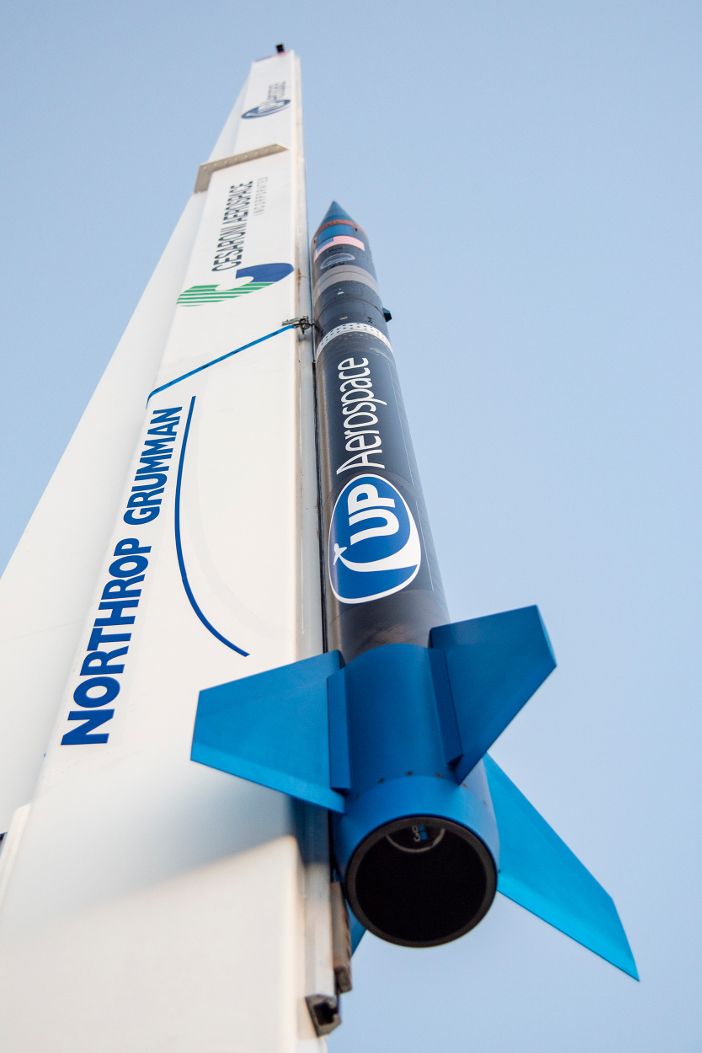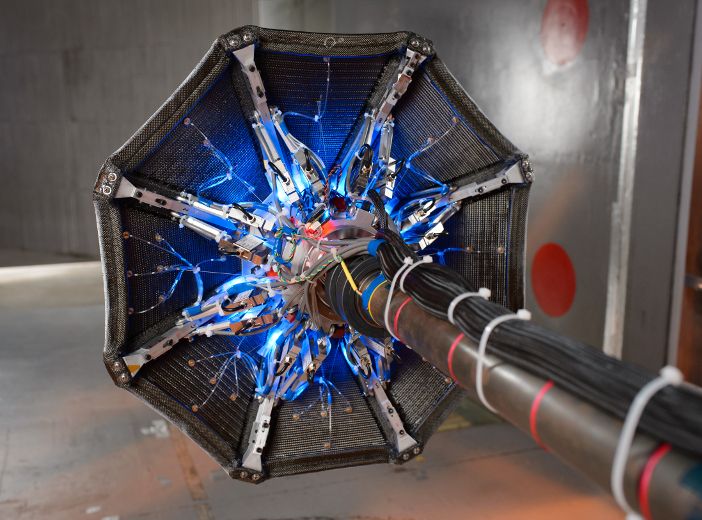Three NASA technology tests have been launched on board UP Aerospace’s SpaceLoft 12 mission, from Spaceport America in New Mexico.
The suborbital rocket, which launched on September 12, carried the Adaptable Deployable Entry and Placement Technology (ADEPT), the Suborbital Flight Environment Monitor (SFEM-3) and the Autonomous Flight Termination System (AFTS).

ADEPT, which has been developed by NASA’s Ames Research Center in California, is a foldable umbrella-like heat shield made from 3D-woven carbon fabric that could be used for planetary lander and sample return missions.
The flight tested the heat shield’s deployment sequence and entry performance by separating from the rocket unfolding 60 miles above Earth.
The purpose of the test is to observe the initial sequence of ADEPT’s deployment and assess aerodynamic stability while the heat shield enters Earth’s atmosphere and falls to the recovery site.
Paul Wercinski, ADEPT project manager at NASA’s Ames Research Center, said, “For a deployable like ADEPT, you can do ground-based testing, but ultimately, a flight test demonstrates end-to-end functionality – surviving launch environments, deploying in zero gravity and the vacuum of space, holding that rigid shape and then entering, in our case, Earth’s atmosphere.”
SFEM-3 is a device that measures the internal environment of suborbital rockets. The system monitors acceleration, temperature and pressure within the payload bay and will be used for rockets carrying experiments.
The AFTS has been developed by Kennedy Space Center in Florida and is a safety system that tracks launch vehicle flights and automatically terminates them if they veer off course. While the termination device was not active during launch, the payload tested hardware and software performance in the high dynamics of suborbital flight.
NASA’s Flight Opportunities funds flight of space technology on UP Aerospace’s rocket poised to launch at Spaceport America in New Mexico. (Image: NASA Photo / Lauren Hughes)





